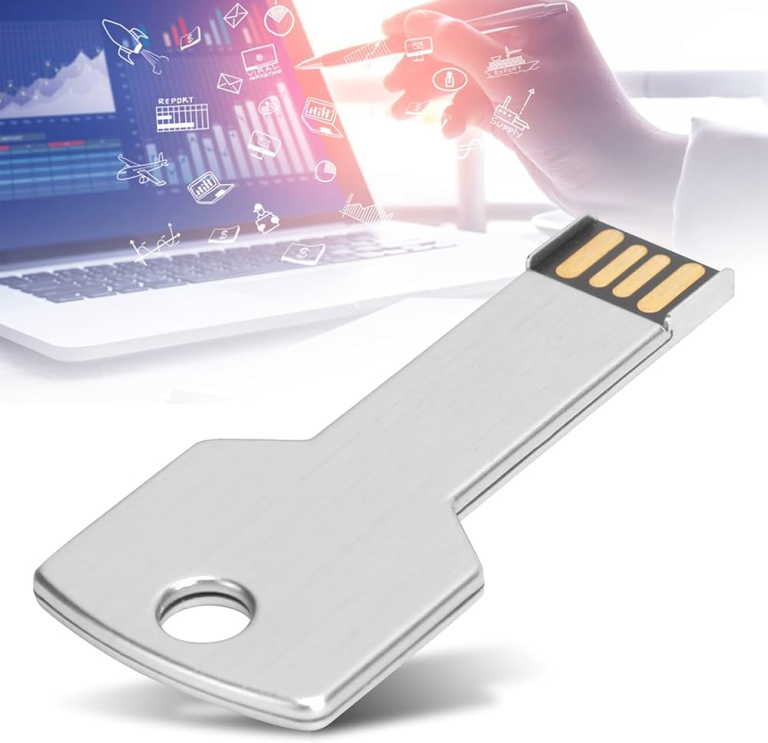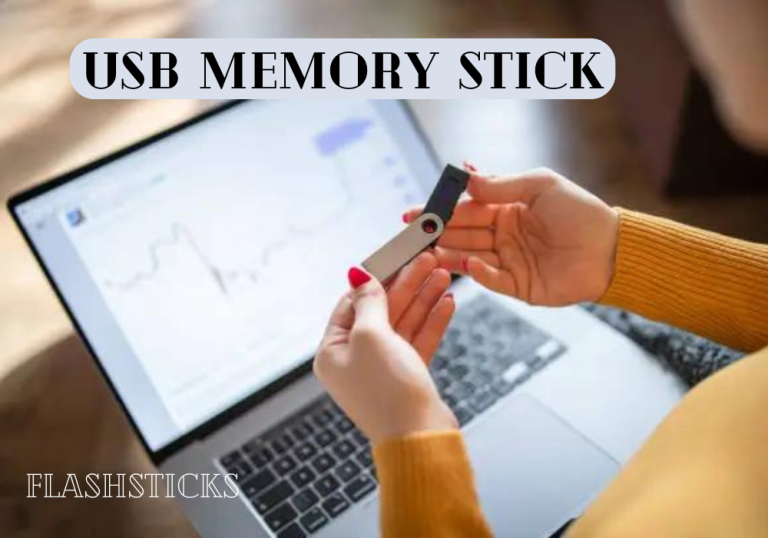The Speedy Solution for Quick Data Sharing Between Devices
In today’s interconnected world, transferring data swiftly and seamlessly among various devices has become imperative. Flash sticks, also known as USB flash drives, have emerged as a reliable solution, bridging the gap between storage devices and portable data access.
Benefits and Practical Tips for Using Flash Sticks
Benefits of Flash Sticks:
- Compact and Portable: Flash sticks’ diminutive size makes them easy to carry in pockets, purses, or even keychains.
- Fast Data Transfer Speeds: USB technologies, such as USB 3.0 and USB-C, provide lightning-fast data transfer rates.
- Durable and Reliable: Flash sticks feature robust construction, ensuring data integrity even during accidental drops or exposure to moisture.
- Plug-and-Play Compatibility: Flash sticks work seamlessly with most operating systems and devices, making them highly accessible.
- Data Backup and Transfer: They are an excellent option for backing up important files or quickly transferring large amounts of data between devices.
Practical Tips:
- Choose the Right Storage Capacity: Select a flash stick with the appropriate storage capacity for your needs. Consider the size of the files you plan to store and transfer.
- Pay Attention to Connectivity: Ensure the flash stick’s connector matches the port on your devices. The most common connectors are USB-A, USB-C, and Micro-USB.
- Protect Data with Encryption: For sensitive information, consider using a flash stick with built-in encryption features to protect data confidentiality.
- Use a Keychain or Lanyard: Attach the flash stick to a keychain or lanyard to prevent accidental loss.
- Organize Files and Folders: Keep your data organized by creating folders and naming files descriptively to ease accessibility.
Case Studies: Real-World Applications
Scenario 1: Transferring Large Video Files
- A videographer needed to transfer a massive video project from a camera to a laptop for editing.
- A 64GB flash stick with a USB 3.0 interface was used, enabling the transfer of the entire project within minutes.
Scenario 2: Data Backup on the Go
- A business executive wanted to back up their essential work files during travel.
- A 128GB flash stick was utilized to store important documents, spreadsheets, and presentations.
- The compact size of the flash stick allowed for convenient transport and quick access to files.
First-Hand Experience: A Personal Perspective
As a content writer, I rely heavily on flash sticks for efficient data transfer. I often transfer large text files, images, and audio clips between my laptop, desktop PC, and smartphone. Flash sticks have saved me countless hours by eliminating the need for lengthy file transfers over the internet or cumbersome external hard drives.
Conclusion
Flash sticks have revolutionized data sharing, providing a convenient, portable, and fast solution for transferring files between devices. Whether you’re a professional, a student, or simply someone who needs to move data quickly, flash sticks offer a practical and reliable option. By considering the benefits, using practical tips, and understanding real-world applications, you can harness the power of flash sticks to streamline your data-sharing workflow.







